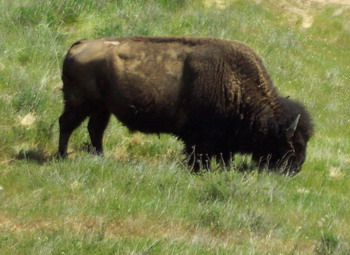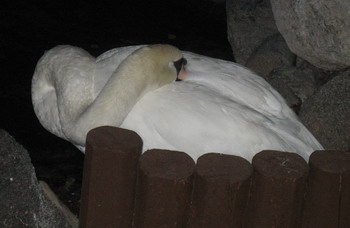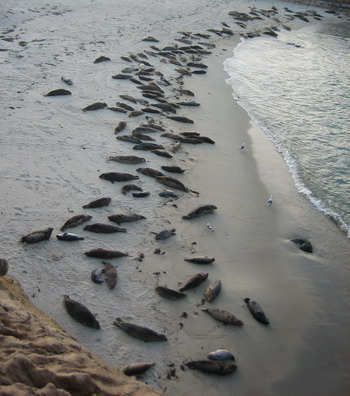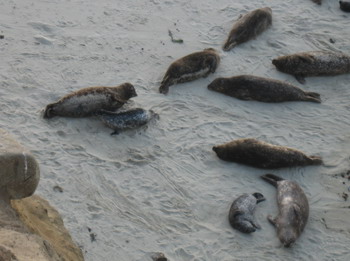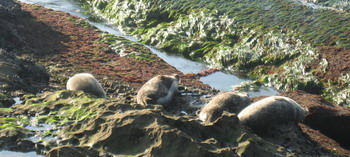
1850: In a covered wagon from Independence/Missouri to California along the Oregon and California Trail (approx. 2,000 miles) – 6 months. Timed right, one left in Spring and arrived in October. That was under good conditions – if they were unfavorable, one might not arrive at all.
1858: First non-stop stage coach from St. Louis to Los Angeles (2,000 miles) – 20 days. Hard on the derrière for passengers.
1860: Pony-Express from St. Louis to Sacramento (1,996 miles) – 11 days. They took mail only, no passengers. Tough luck.
1876: First trip of the Transcontinental Express train from New York City to San Francisco – 83 hours and a bit. Now passengers can speed from coast to coast.
1923: First non-stop flight Long Island to San Diego (2.470 miles) – 25 hours 50 minutes. The plane had to be adjusted to carry the massive amounts of fuel needed. No passengers, sorry.
1929: First combined rail and air passenger service from coast to coast – 48 hours. No non-stop service, though.
2006: Traveling by car from New York City to Los Angeles – 31 hours 4 minutes. Some speed limits were broken while setting the new record.
